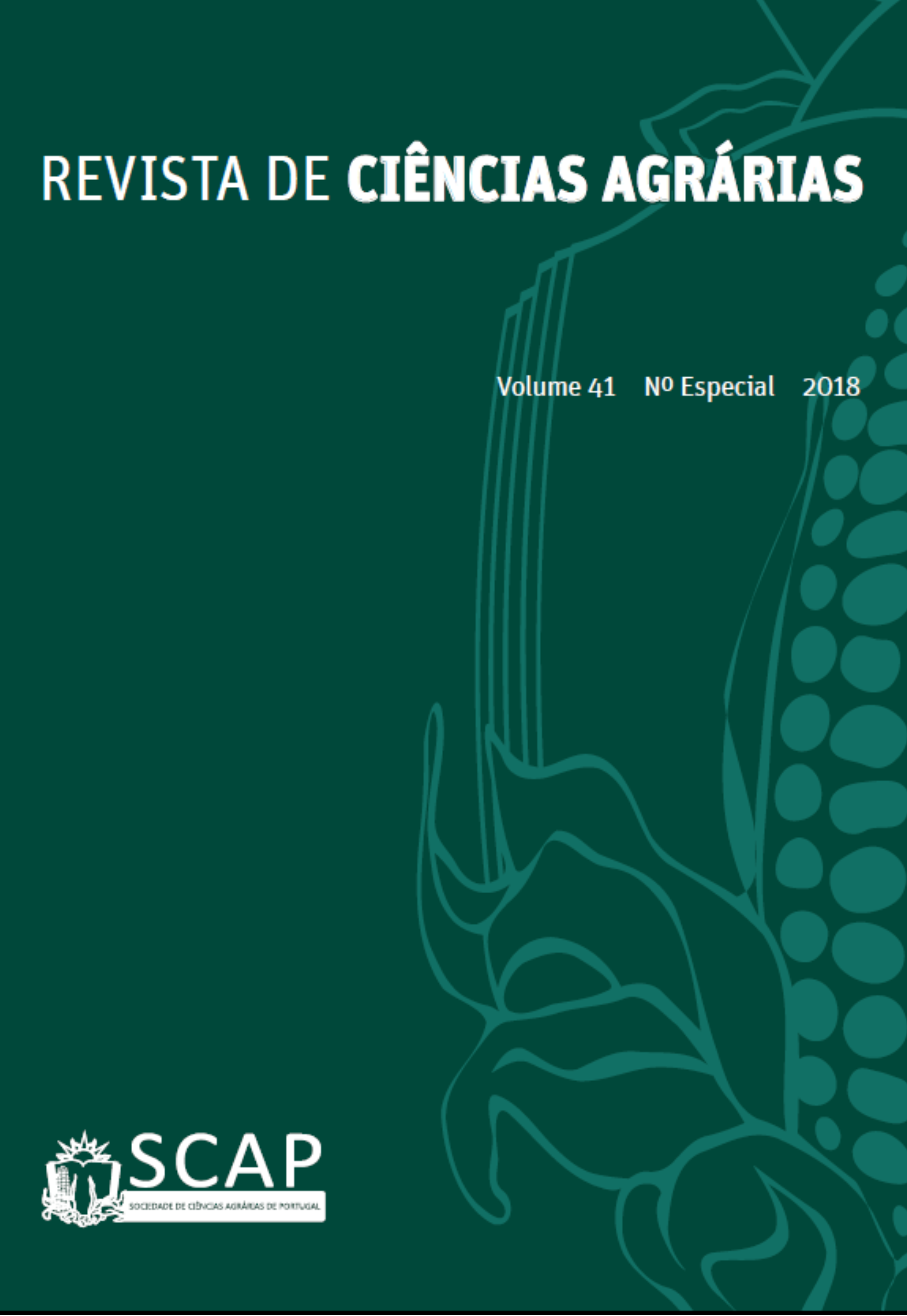Sclerotinia homoeocarpa control on turfgrass with organic composts
DOI:
https://doi.org/10.19084/rca.17076Abstract
Turfgrass is susceptible to several fungal diseases, being Sclerotinia homoeocarpa, the causal agent of dollar spot, which causes the greatest turfgrass losses in several countries. Composting allows the valorization and treatment of organic wastes, producing organic composts with agricultural applications as soil amendments and as biological control agents of soil-borne diseases.
Two composts were produced, P1 and P2, through the composting of agro-industrial wastes in piles with mechanical turning. From the end of the thermophilic phase until the end of the composting process, fungi from both composts were isolated and identified. From the isolates, twenty-six showed potential antagonistic activity, being 12 from P1 and 14 from P2. Their antagonistic capacity was evaluated using the method of direct confrontation. From the isolates, 12 of them, belonging to the genus Trichoderma, Fusarium and Bionetria, prevented S. homoeocarpa growth and development on turfgrass, with a disease inhibition rate between 52 and 68%. Both composts were also tested as substrates for turfgrass (Agrostis stolonifera L.). In the in vivo trials, the area of turfgrass with disease decreased, particularly in the pots containing P2 compost.
The tested composts effectively controlled S. homoeocarpa growth both in vitro and in the pot trials, especially the P2 compost.


